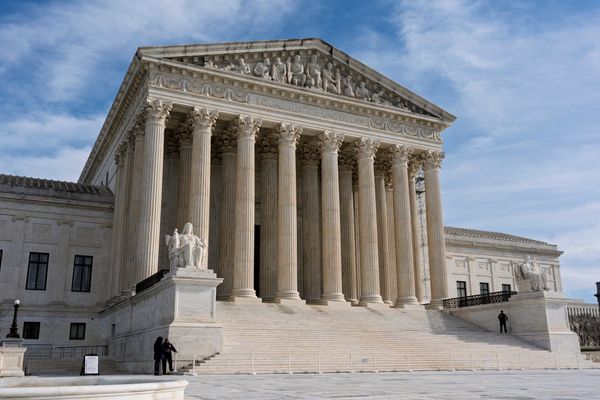
Q My fiancee and I have recently sold our shared-ownership flat under an increasingly popular process known as back-to-back or simultaneous staircasing. We owned 40% but decided, with a view to making the flat more marketable, we would sell 100% – by effectively acquiring the remaining 60% and selling the entire 100% to the buyer in parallel transactions.
We were told by our solicitor that stamp duty land tax (SDLT) was payable on the back-to-back staircasing. This meant that SDLT was paid twice on the sale of the flat, and we had to pay SDLT again on our new property. A very costly exercise.
Several of our ex-neighbours are also selling their flats, and have been told by different solicitors that SDLT is not payable on such back-to-back staircasing. As with our solicitor, their solicitors cite confirmation received directly from HM Revenue and Customs and external counsel.
It appears this is a grey area, which HMRC hasn’t addressed, and is largely related to the applicability (or otherwise) of subsale relief. Any help would be much appreciated, as if indeed SDLT was not payable, we have paid £4,000 unnecessarily simply because our solicitor adopted a more conservative position than many others in the market.
JP
A I don’t think that you ended up paying SDLT on your staircasing because of your solicitor’s conservative position. I think it’s more to do with how you chose to pay SDLT when you acquired your 40% share in the flat. According to HMRC guidance, when you buy a property through a shared-ownership scheme run by an “approved public body” you can choose to pay SDLT on the market value of the property or pay SDLT in stages. If you choose market value, you make a one-off payment and there’s no more SDLT to pay even if you later increase your share. However, if you choose to pay in stages – as I suspect that you and your fiancee did – you initially pay SDLT on the “lease premium” (which is the price you paid for the lease). But there’s more SDLT to pay once you acquire a bigger share (using the staircasing process) and your total share in the property is more than 80%. You will find a detailed explanation of how the SDLT is worked out in the HMRC guidance.
If you are a first-time buyer buying a shared-ownership property with a market value of £500,000 or less, you qualify for first-time buyer relief, which means that SDLT is charged at 0% on the first £300,000 and 5% on the remainder up to £500,000. This makes paying SDLT on the market value of a shared-ownership property a more attractive proposition than paying it in stages.
• Want expert help finding your new mortgage? Use our new online tool to search thousands of deals from more than 80 lenders with the Guardian Mortgage Service, powered by L&C.







